Delicious but unusual Japanese foods
They say that one man’s meat is another man’s poison – there are some foods that people either love or hate, with no chance of reconciling their differences. Foods such as durian, pickles, and Vegemite can send some people packing, while others flock towards it.
The same can be said for Japanese food. While Japanese cuisine is widely enjoyed in most parts of the world, some dishes aren’t as popular as ramen and sushi due to cultural differences. We’ve sussed out 10 unique, bizarre, and unusual Japanese foods that are actually mouth-watering delights.
1. Natto – Fermented soybeans
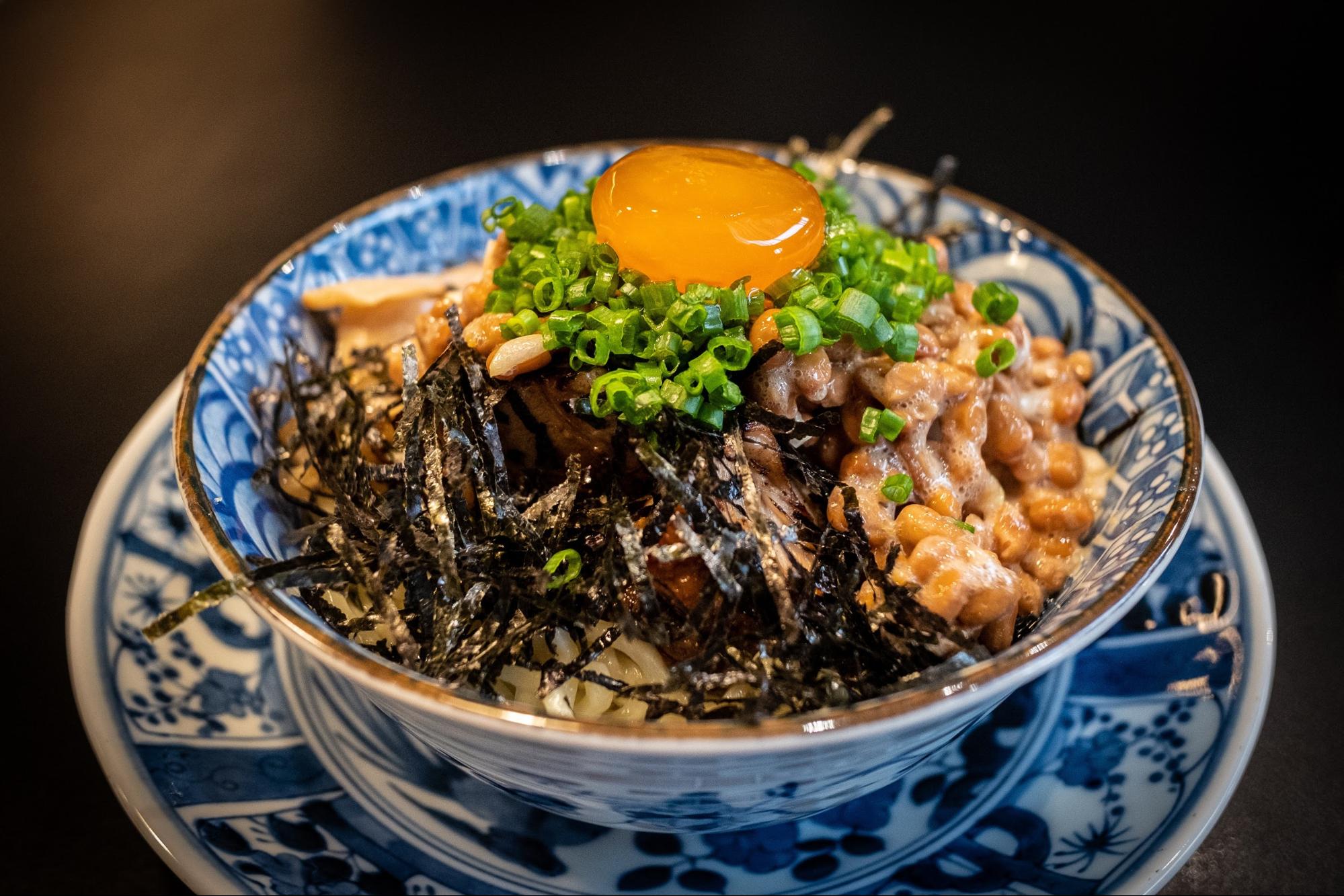
Image credit: 8-Low Ural
A staple Japanese breakfast dish, natto (納豆) is loved by many in Japan. Even those that don’t like natto still eat it for the health benefits. It’s slimy, pungent, and gooey, with lots of sticky strings that’ll stick to your lips when you eat it. Understandably, many non-Japanese can’t stand its strong smell and sticky texture.
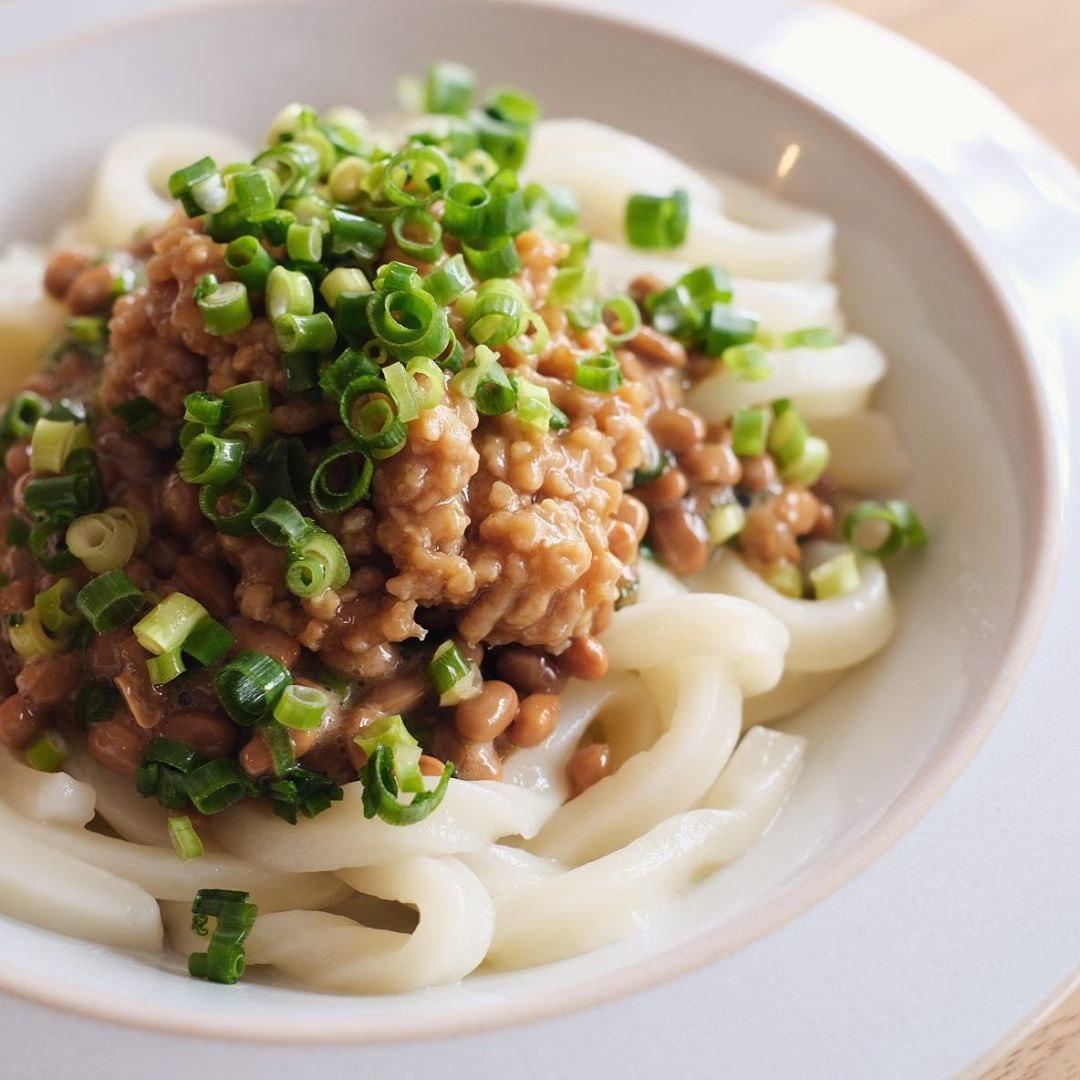
Image credit: @moco_matsuo
Natto is made of soybeans that have been steamed, fermented, and refrigerated. It’s extremely nutritious and is known to be good for digestion and lowering blood pressure. They’re typically sold in packs of 3 for around ¥100 (~USD0.95) and can be found in most supermarkets and convenience stores in Japan.
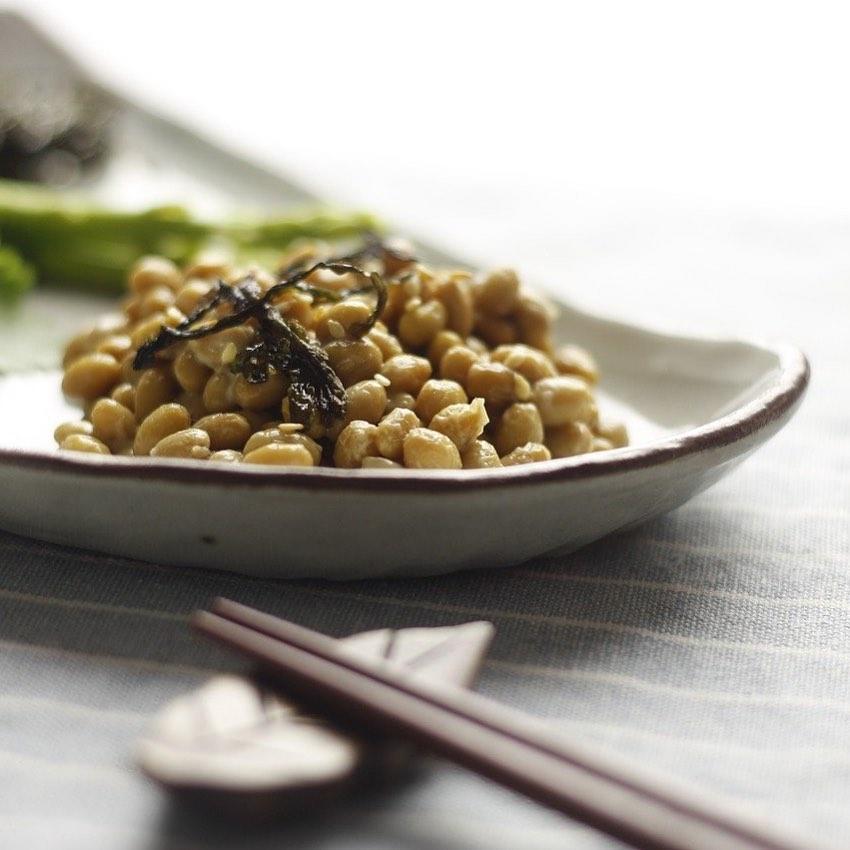
Image credit: @tailoredhealthclinic
Natto can be enjoyed plain, or mixed with mustard and soy sauce. Most Japanese have natto as a topping on rice or noodles. You can also get creative with natto – try laying it over a bowl of rice, cracking an egg over it, and adding chopped spring onions for a delicious and nutritious breakfast.
2. Shirako – Fish milt
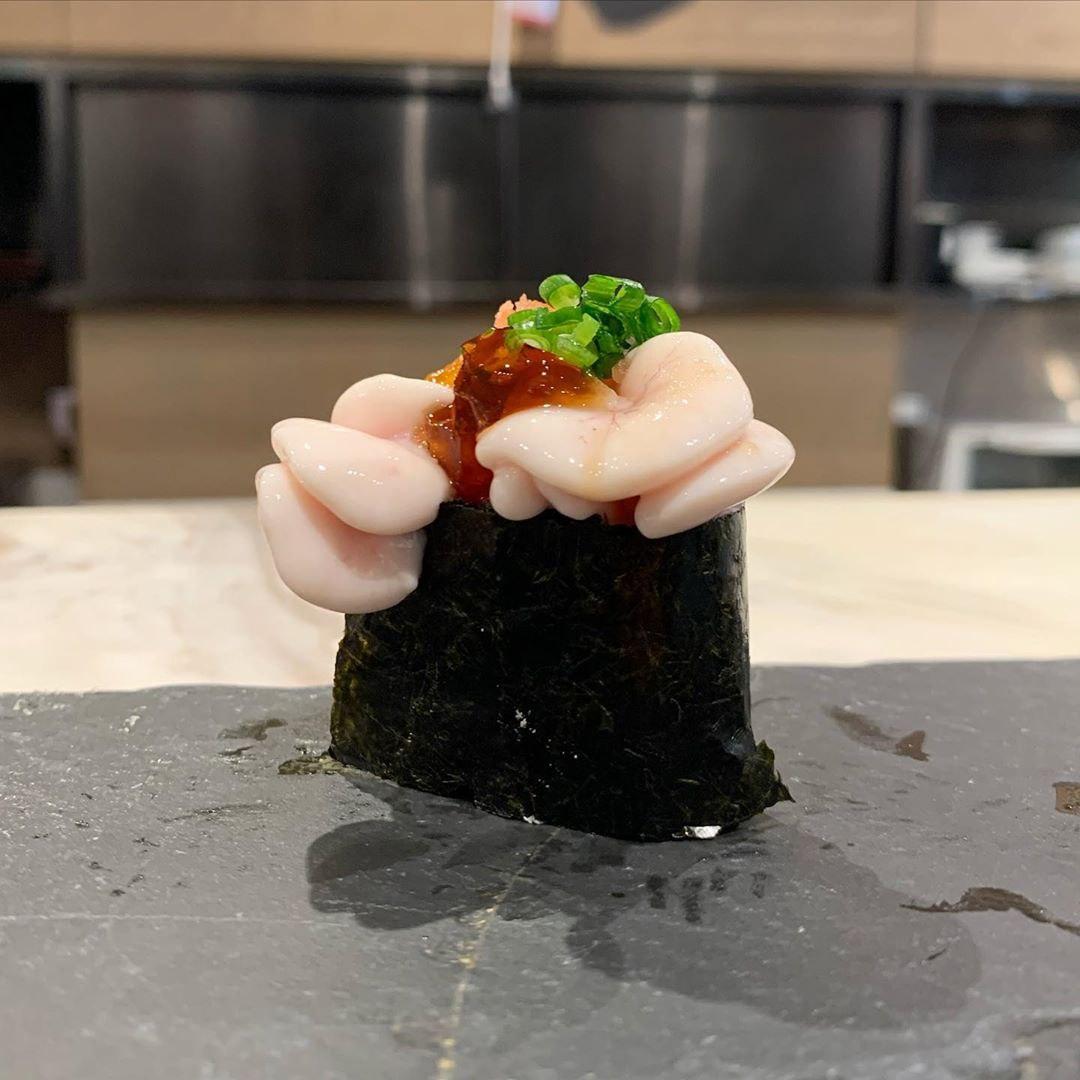
Image credit: @mr.sushisushi
While anything related to sexual organs is taboo to most Westerners, shirako (白子) is actually considered a delicacy in Japan.
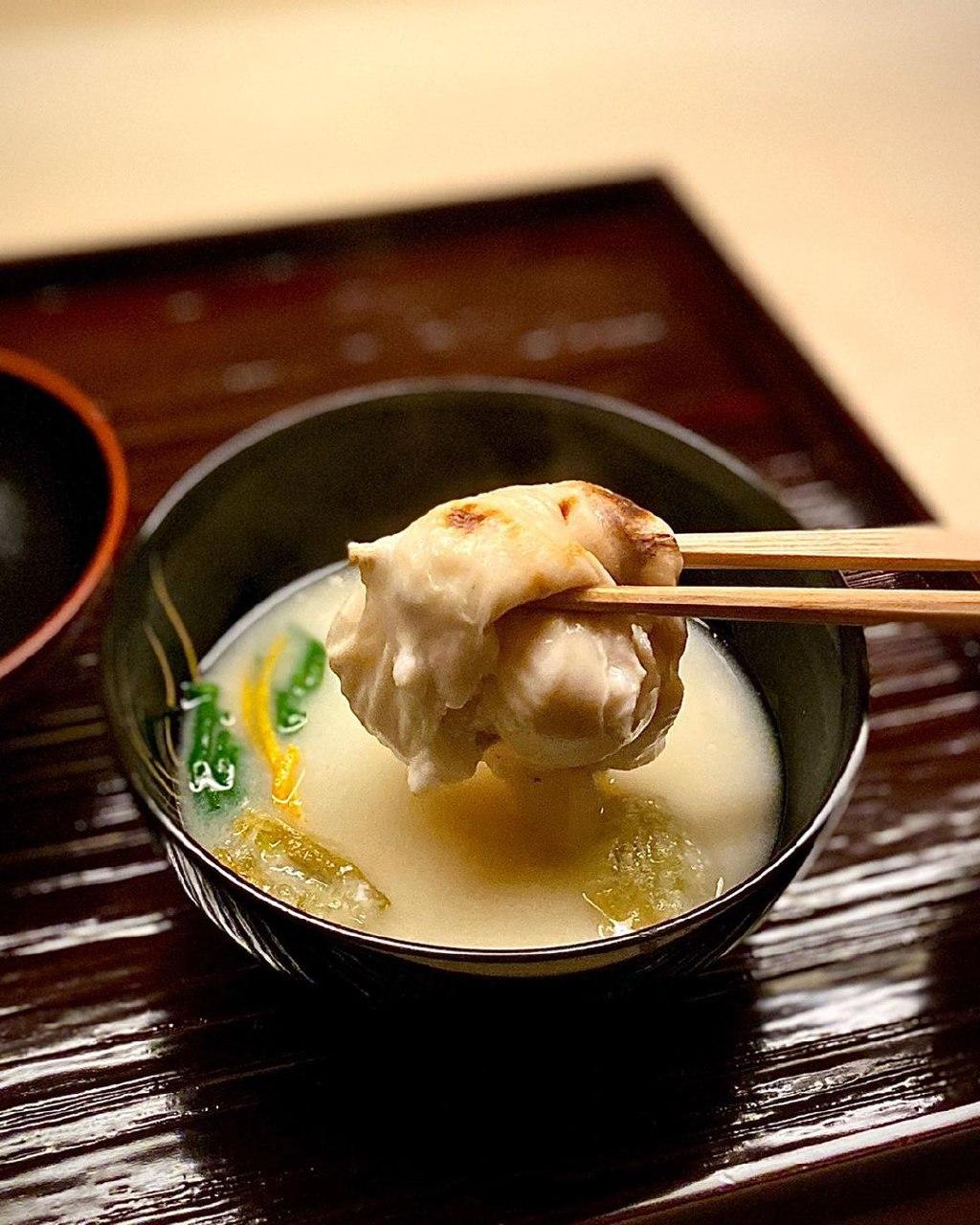
Image credit: @ituogourmet
Shirako is made from the milt, or sperm sac, of fish such as salmon, cod, squid, anglerfish, and pufferfish. Interestingly, shirako literally translates to “white children”.
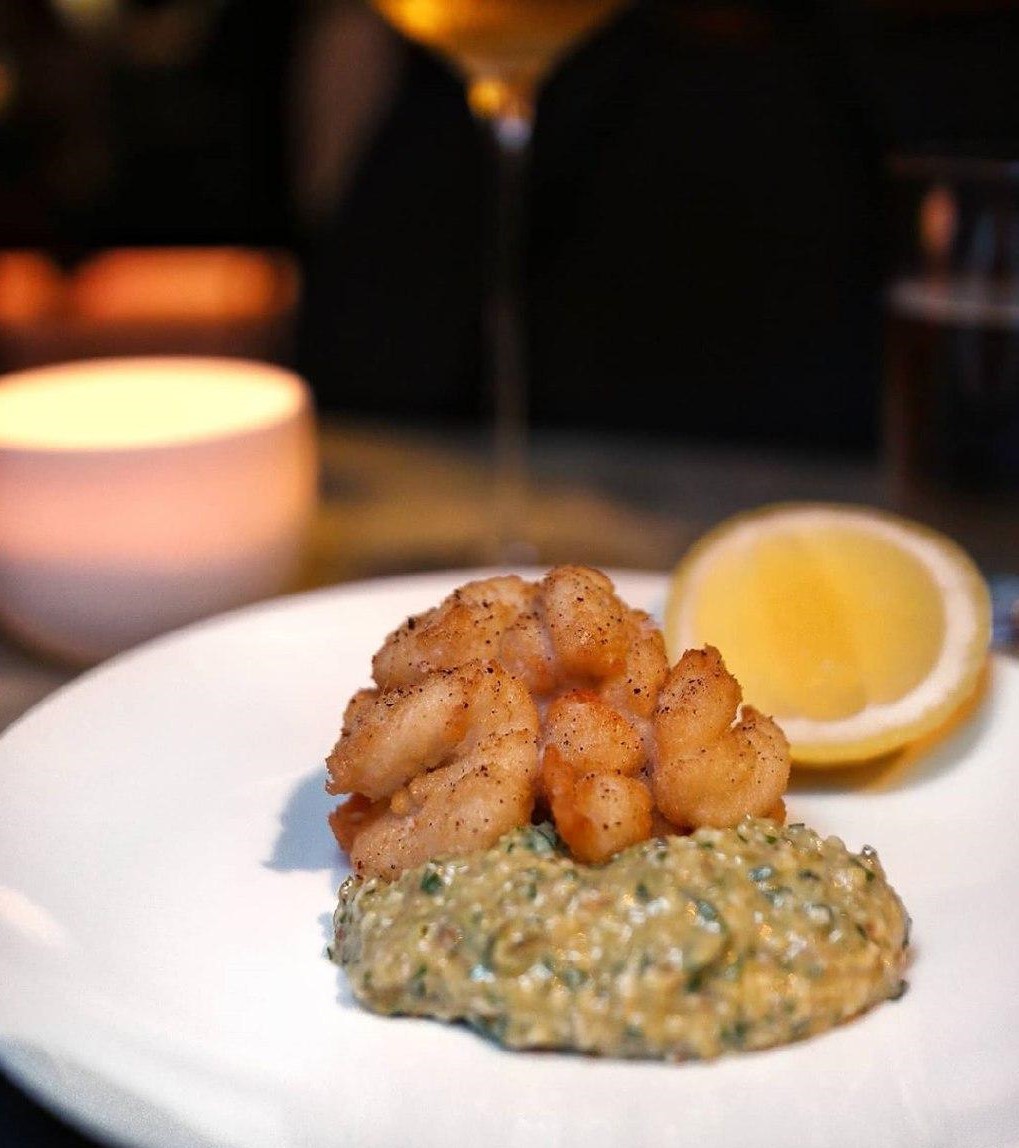
Image adapted from: @epicurushongkong
This salty dish is typically served raw on sushi, over a bowl of rice, or boiled in a hotpot. It has a creamy and custard-like texture.
3. Basashi – Raw horse meat
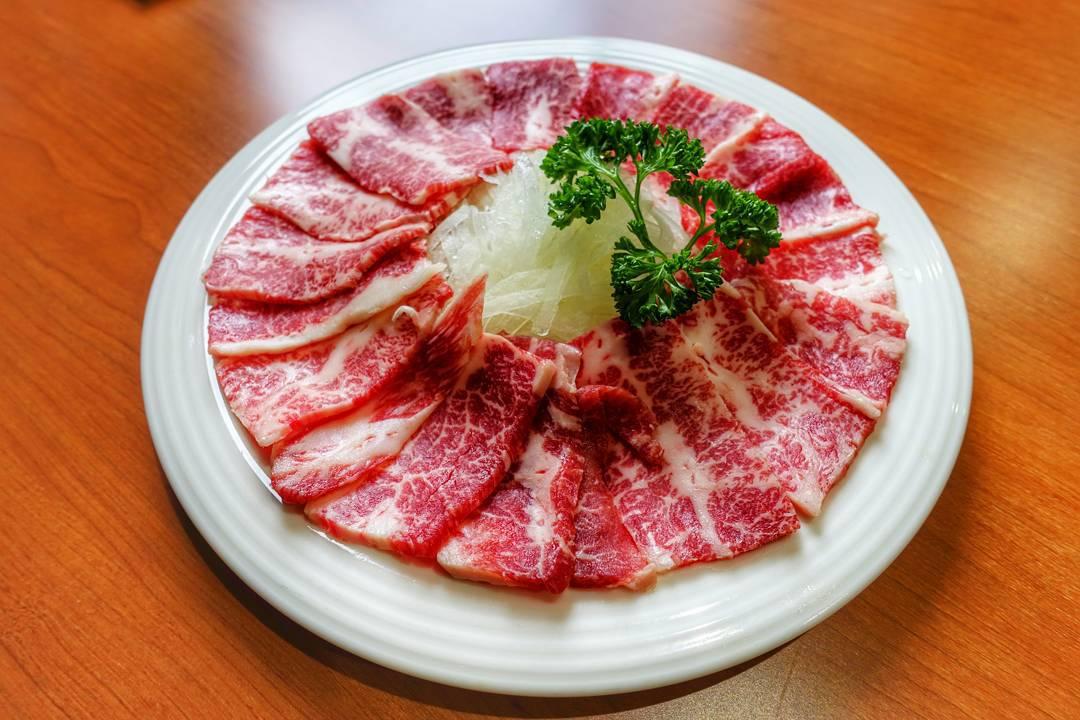
Image credit: @mj_fx
Basashi (馬刺し), or horse meat sashimi, is served in izakaya and yakiniku restaurants in some parts of Japan. It can be eaten by dipping the raw slices in soy sauce and grated ginger, or grilled over a flame, like regular yakiniku.
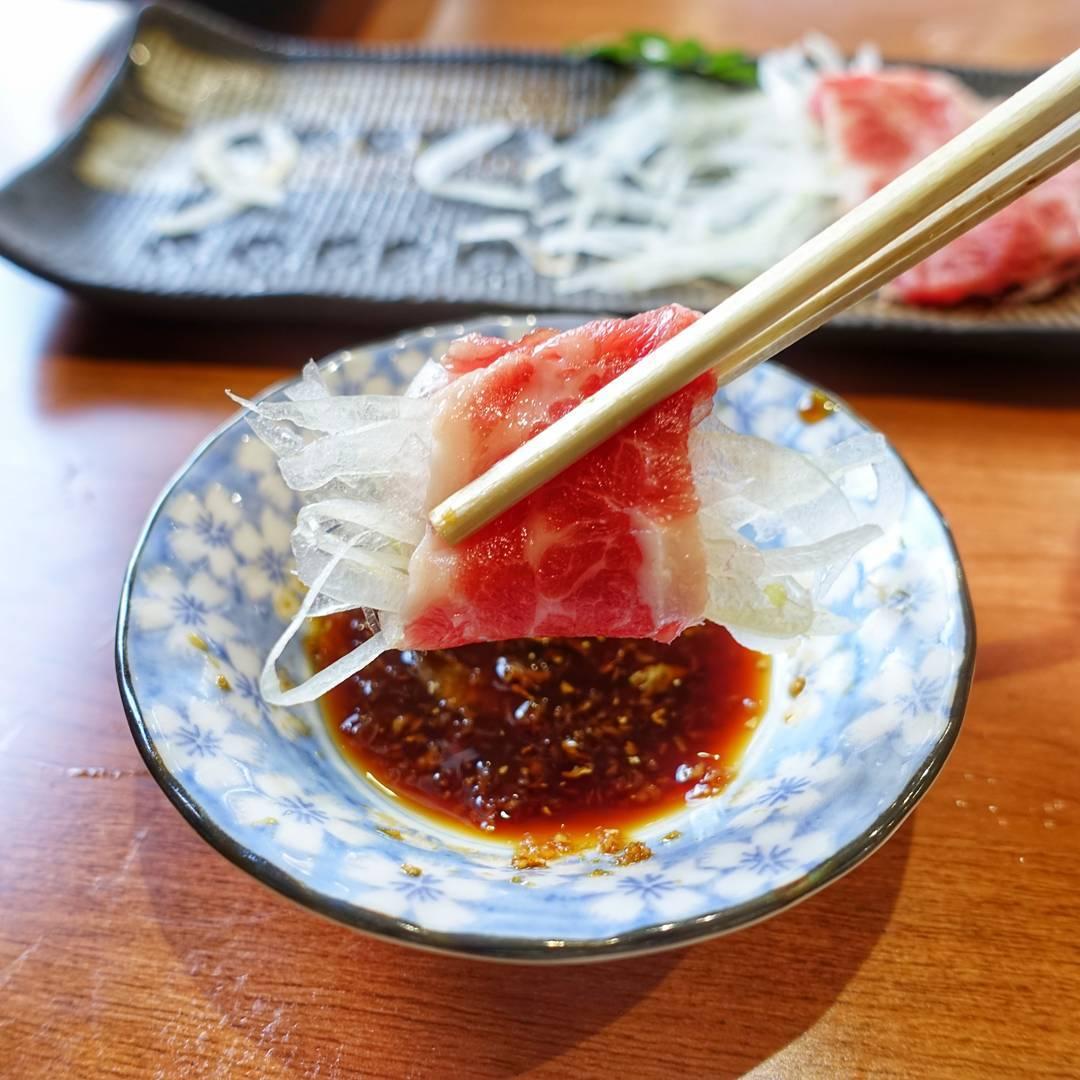
Image credit: @mj_fx
The practice of eating basashi in modern Japan began as a way to curb the overpopulation of horses in the 1960s, when industries were phasing out the use of horses. It’s believed that horse owners in Kumamoto Prefecture created basashi as a way to deal with the extra horses.
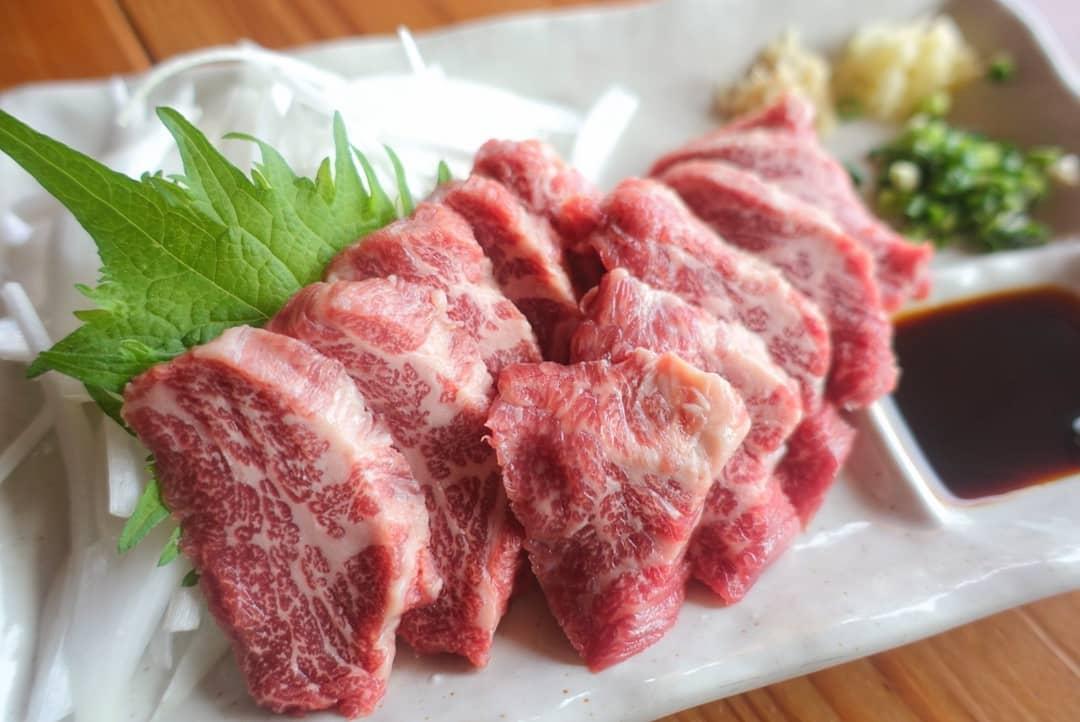
Image credit: @bbqhiko
Horse meat is described as tasting a little like beef, and that it doesn’t have a gamey aftertaste, unlike mutton. It also has a telltale delicate pink colour – this has earned it the nickname of sakura niku, or “cherry blossom meat”.
4. Horumon – Animal guts
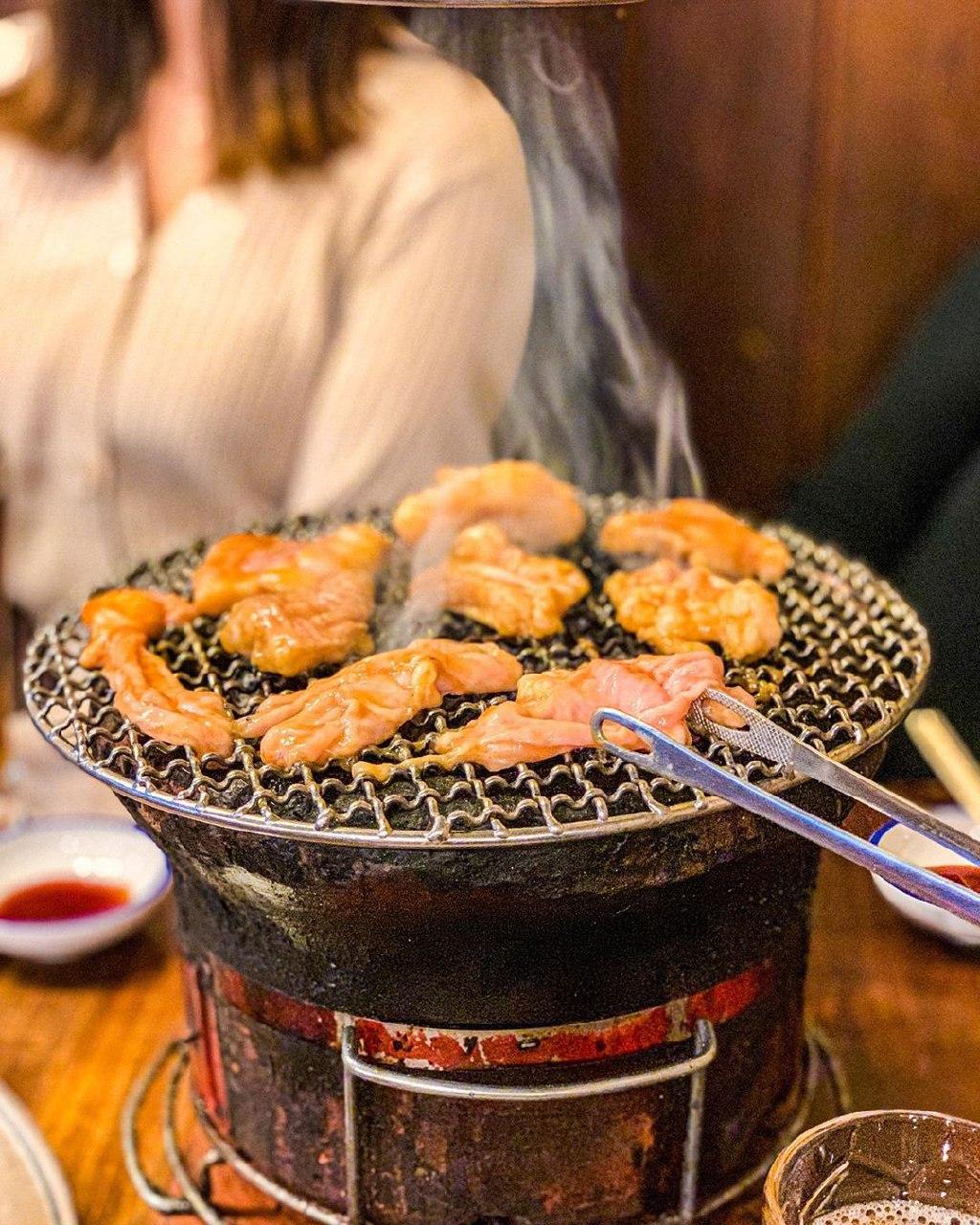
Image credit: @mamitas.1225
Horumon (ホルモン) is derived from the Kansai dialect term “horumon” (放る物), which translates to “discarded goods”. It typically includes the innards of cows and pigs, such as the heart, oesophagus, and rectum.
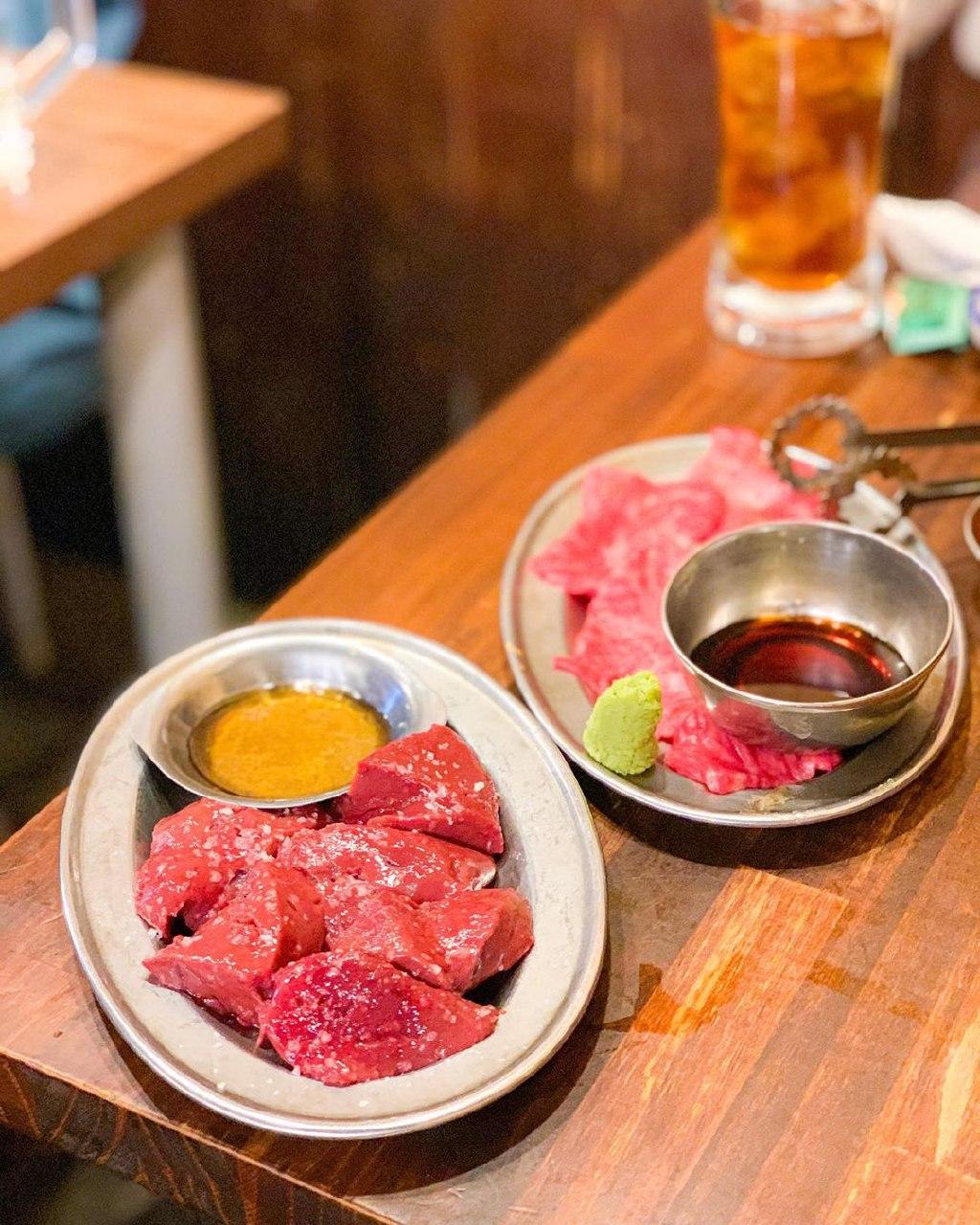
Image credit: @mamitas.1225
This gutsy dish is a popular ‘stamina’ food, believed to build up energy and vigour. Other ‘stamina’ dishes include eel and red meat, often served with a generous amount of garlic.
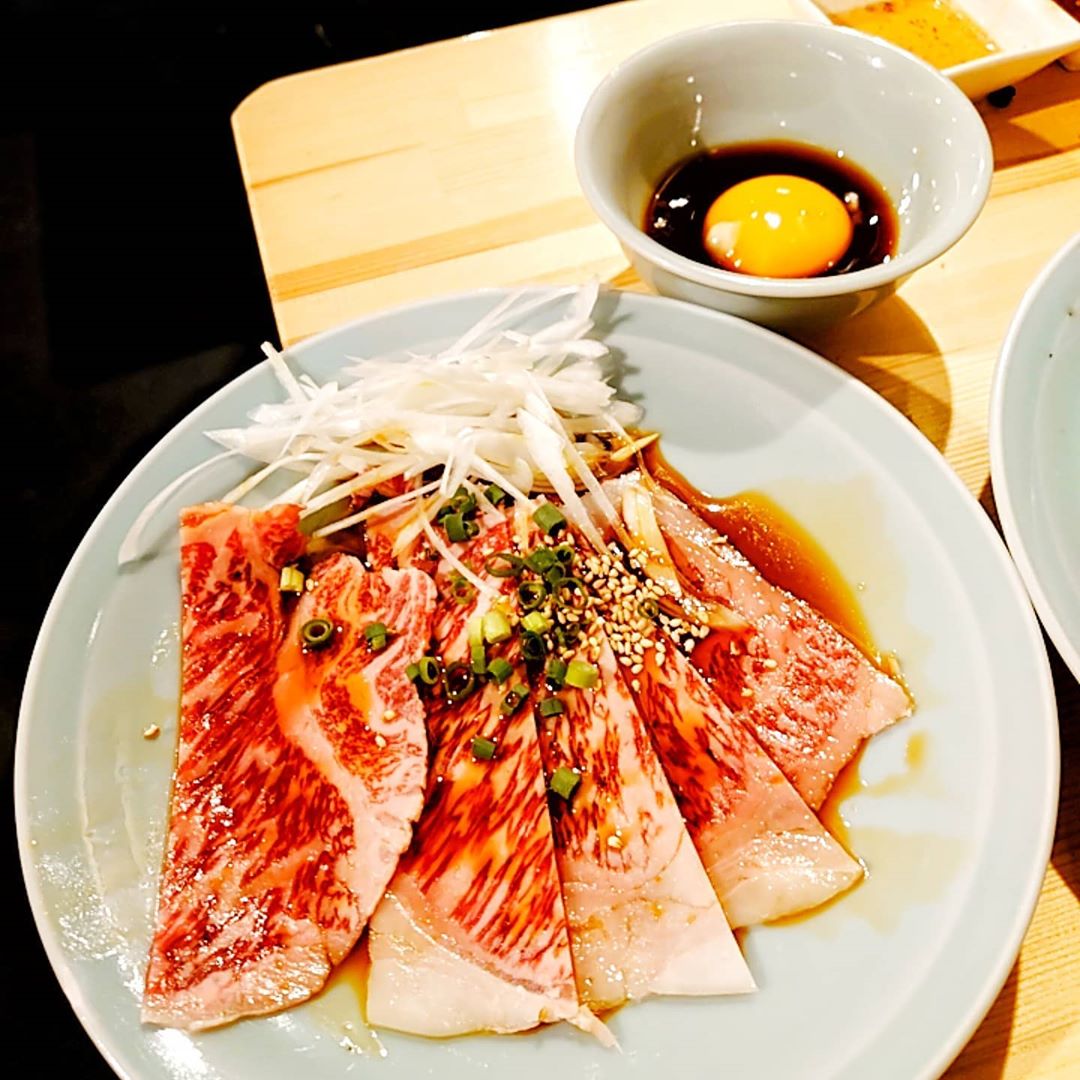
Image credit: @hanasuke1981_meshi
Horumon can be served by skewering or grilling the meat like yakiniku, a method that originates from a restaurant in Osaka in 1940. The most popular method, however, originates from Kyushu. Horumon is consumed as a hotpot dish called motsunabe, along with garlic, leek, and other vegetables. It’s inexpensive and said to be nutritious and good for the skin.
5. Nankotsu – Chicken cartilage
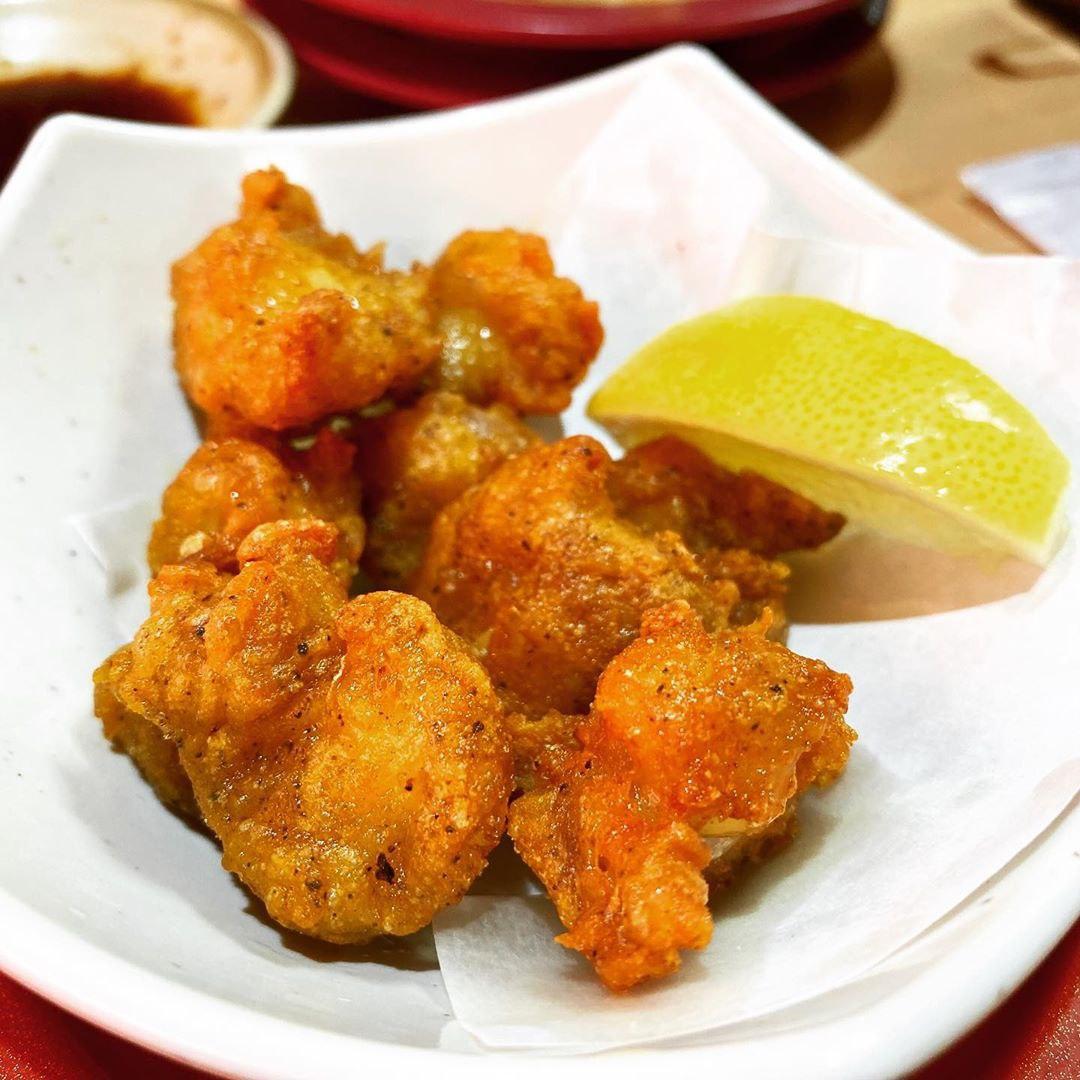
Image credit: @f.o.o.d_a.d.d.i.c.t
Nankotsu (なんこつ) is the Japanese term for chicken cartilage. It has a crunchy texture but little flavour on its own. Hence, it’s typically served as breaded and deep-fried cubes, like popcorn chicken or karaage, and topped with lemon juice. It can also be skewered and grilled, like yakitori.
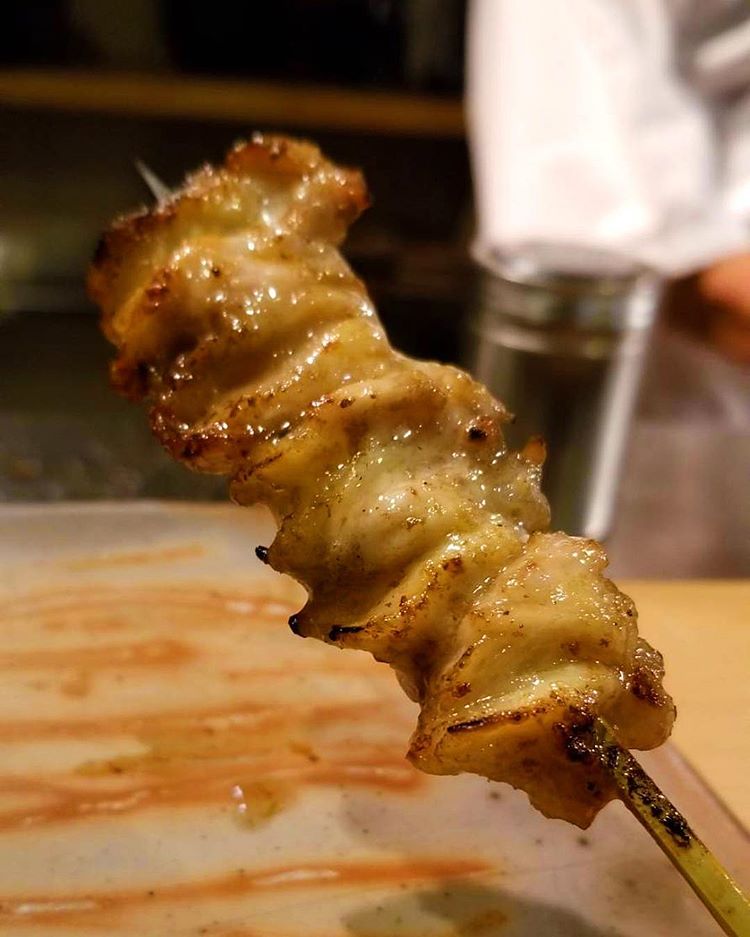
Image credit: @little_meg_siu_meg
Nankotsu can be found in most izakaya and yakitori restaurants, and is perfect for snacking on while having a drink.
6. Umi Budo – Sea grapes
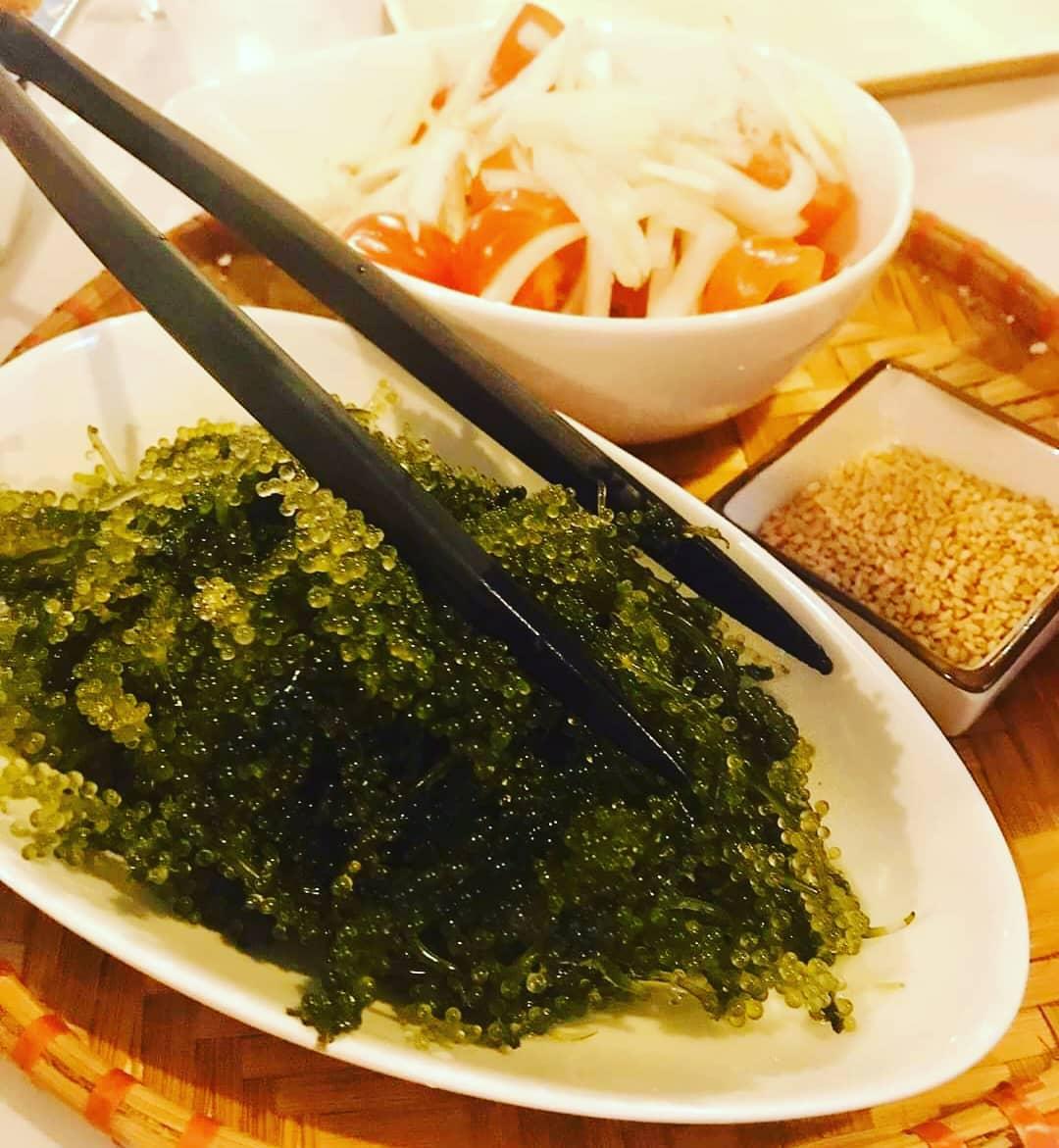
Image credit: @mwsousvide
If mermaids ate grapes, those grapes would be called sea grapes. No, really – sea grapes are real and edible. Although umi budo (海ぶどう) resembles miniature grapes, it’s actually a type of seaweed found in the coastal areas in the south of Japan, around Okinawa.
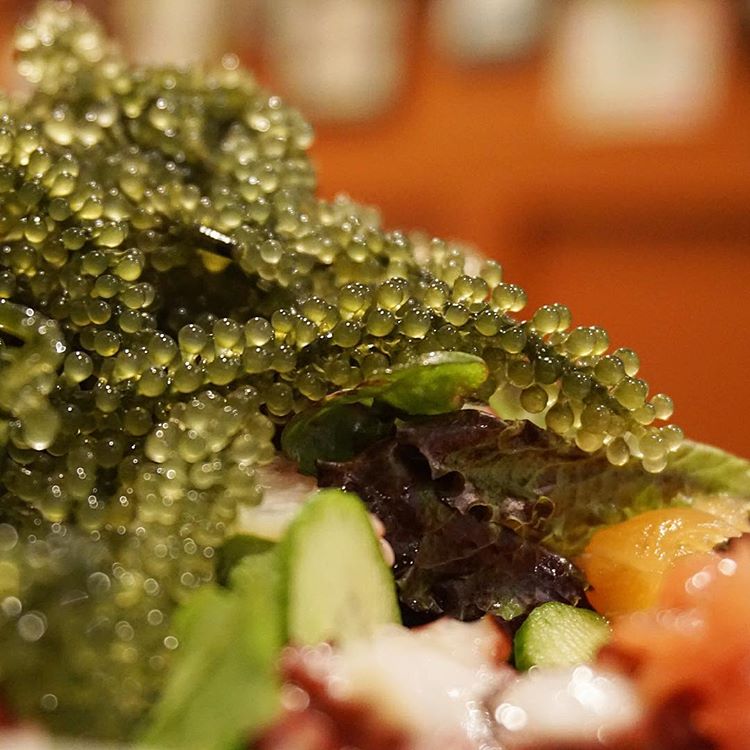
Image credit: @oishii_desu
A side dish found in Okinawan restaurants and izakaya, sea grapes are often dipped in soy sauce and eaten raw. It has a savoury flavour and bursts with juices when you bite into it, similar to caviar.
7. Shirasu – Baby whitebait fish
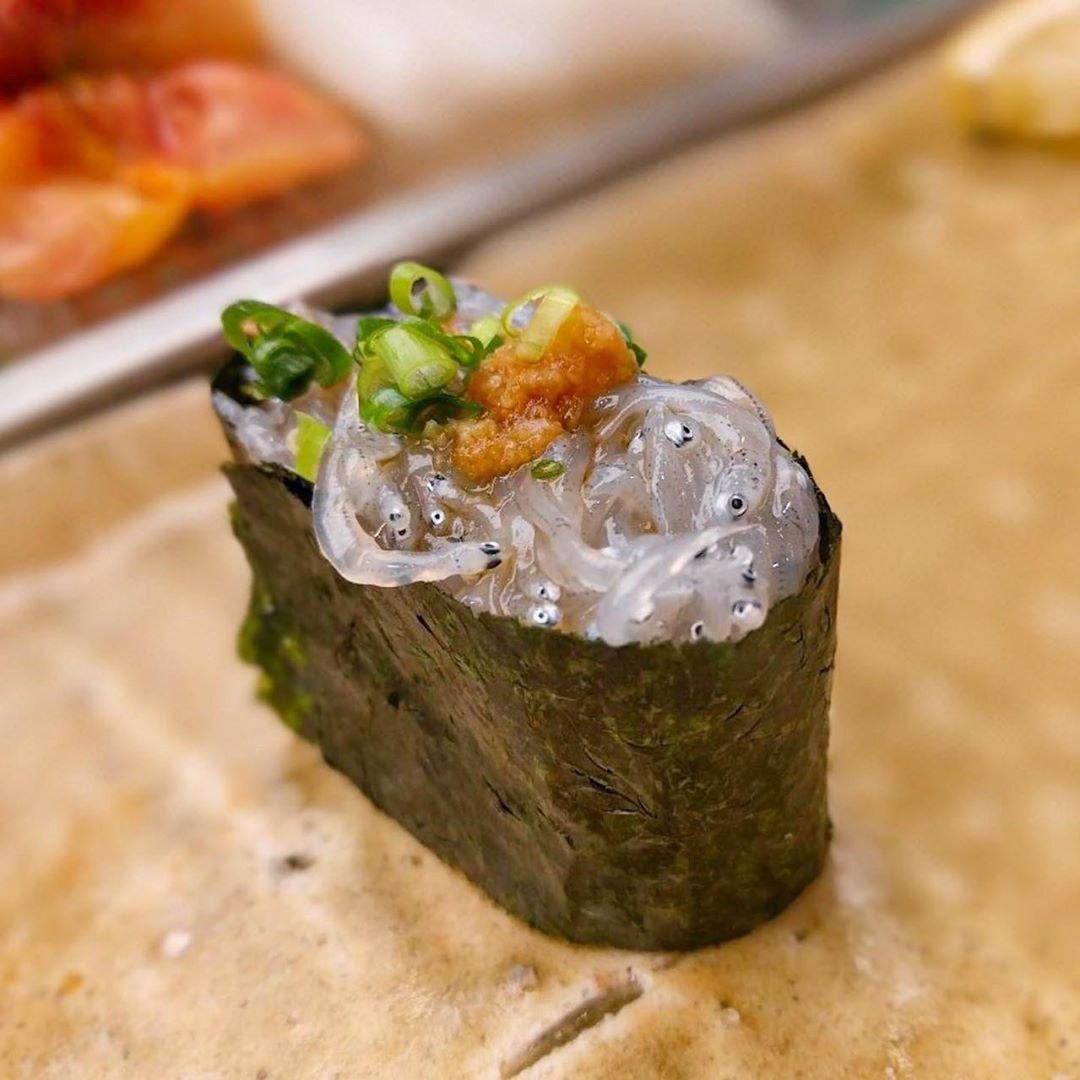
Image credit: @k_a_n_a_l_y
Shirasu (しらす) is made from juvenile fry, the offsprings of sardines. It looks similar to anchovies. It’s usually boiled, dried and used as toppings on rice, but it can be served raw if it’s freshly caught. Raw shirasu can be found in the coastal towns of Japan.
While most Asians will find shirasu nothing out of the ordinary, it does put some Westerners off. The entire fish is eaten – head, bones, and guts. Moreover, every time you take a bite, it’s as if an entire school of fish is eaten. But since the entire fish is edible, shirasu is rich in calcium.
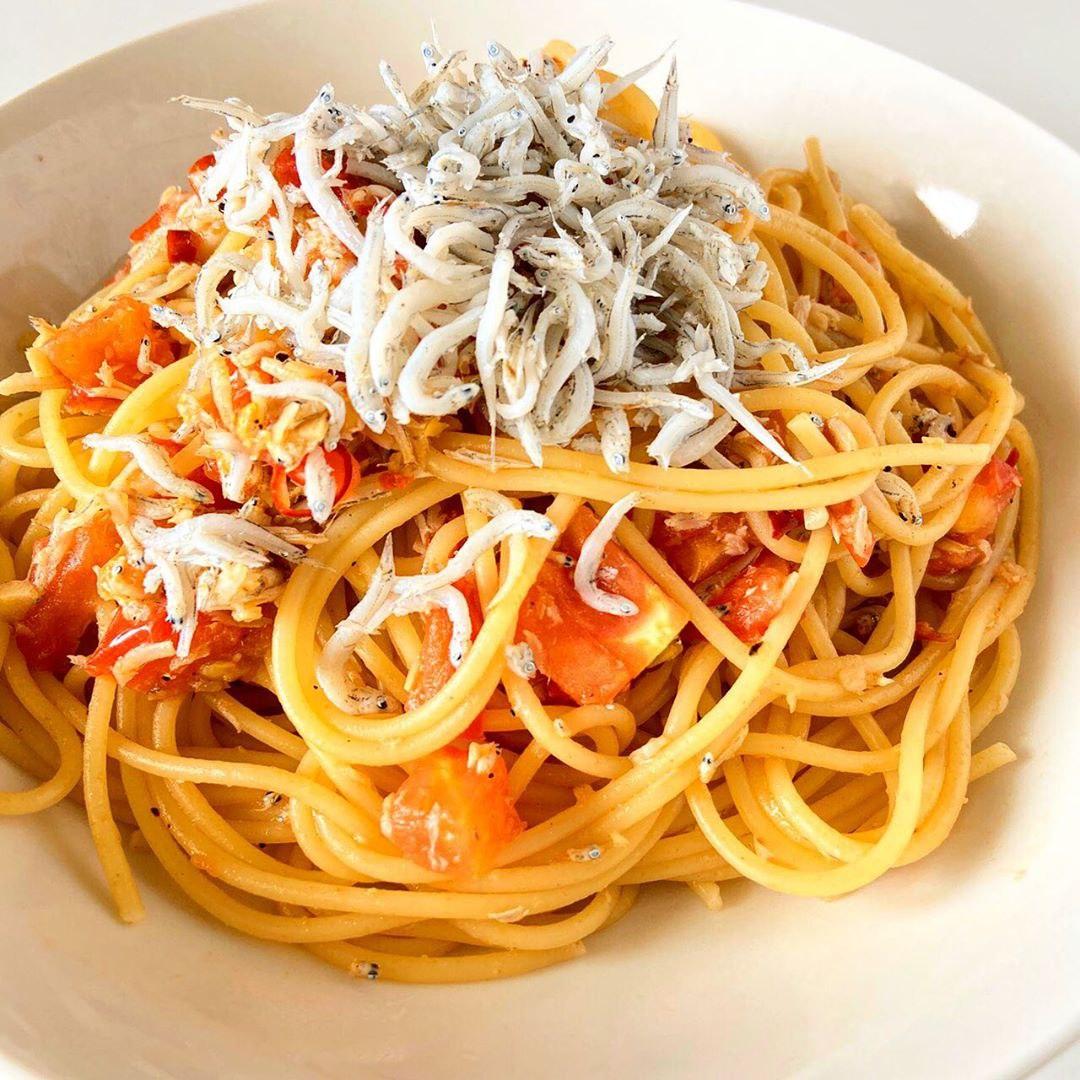
Image credit: @taku_style_cooking
Although they look similar, shirasu differs from the ikan bilis of southeast Asia. Shirasu can be found in most Japanese supermarkets, and is also used as toppings for ramen, pizza, and salads.
8. Gyutan – Beef tongue
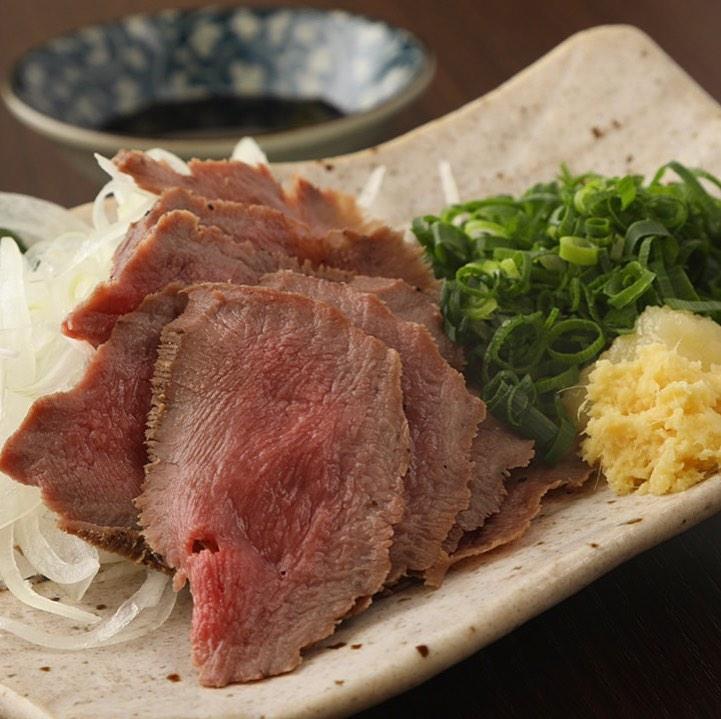
Image credit: @gourmet_woman
Gyutan (牛タン) is made from thinly sliced pieces of grilled beef tongue. Thanks to its high fat content, gyutan has a moreish melt-in-your-mouth texture.
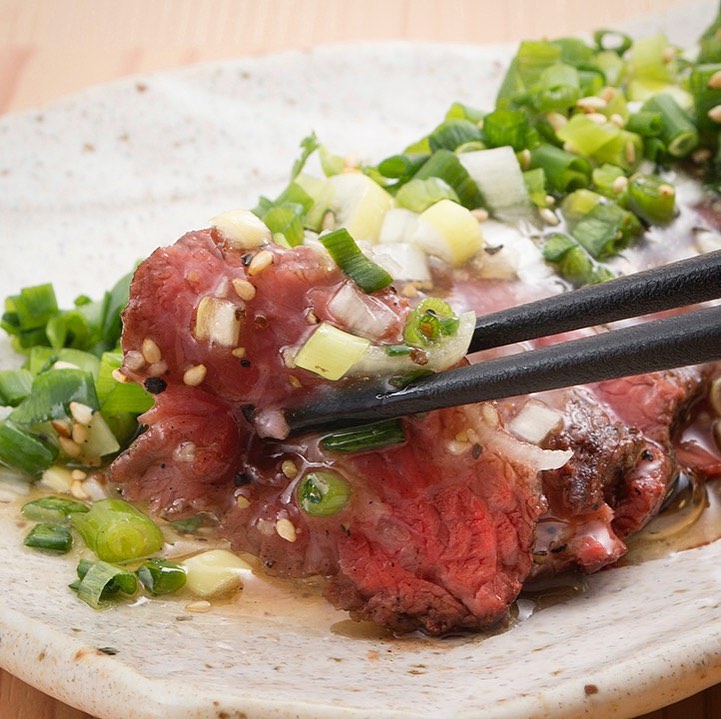
Image credit: @oishii_gohan01
Gyutan is sometimes served with ponzu, a mixture of soy sauce and vinegar. It’s the perfect addition to a bowl of rice or donburi rice bowls. Gyutan is sometimes also used in curry and stew dishes.
9. Shikasashi – Deer sashimi
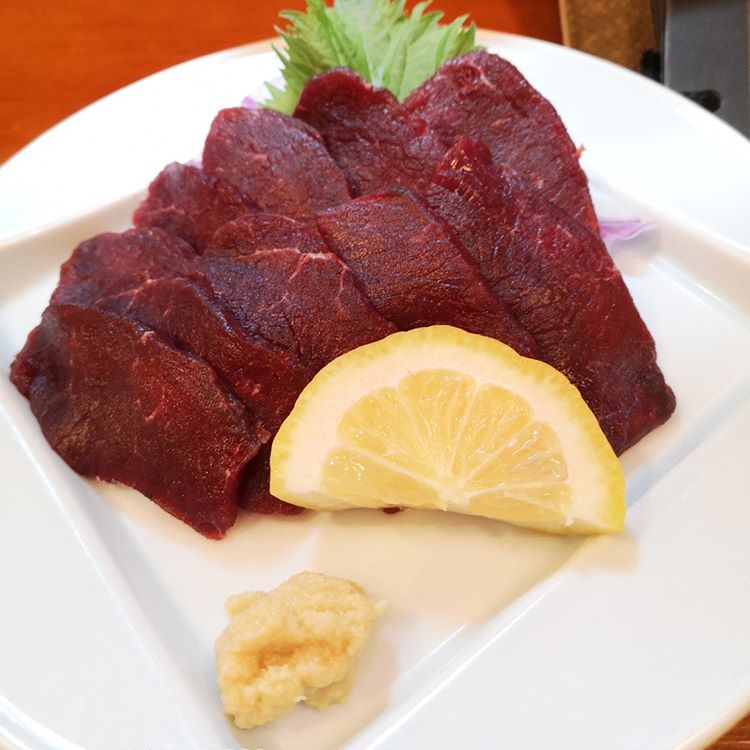
Image credit: @m.e.j.b.w
Shikasashi (鹿刺し) is made from raw deer sashimi. This raw venison has a deep red colour and looks a lot like raw tuna. It’s very rare and is typically only found in parts of Japan such as Shizuoka and Wakayama.
Shikasashi is best served with soy sauce, ground ginger, chopped leeks, and grated garlic.
10. Koi no Arai – Koi sashimi
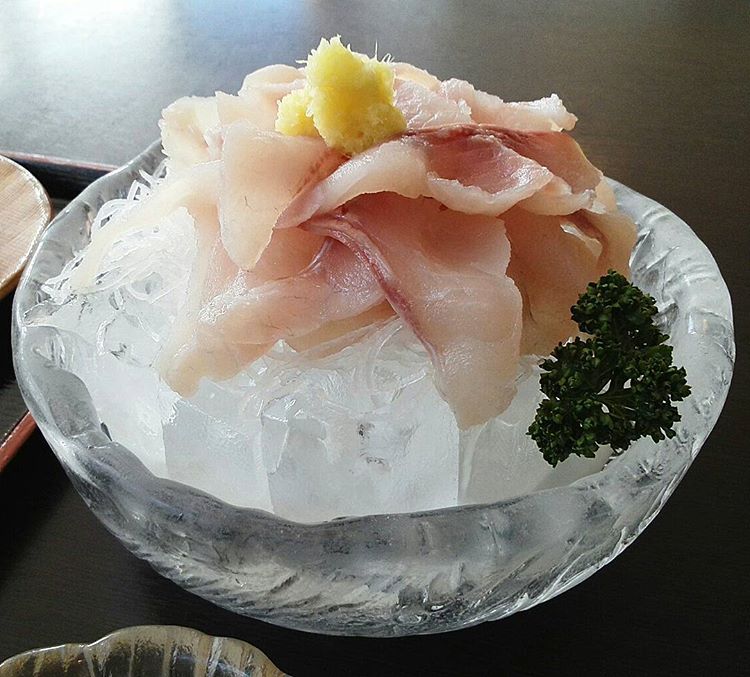
Image credit: @yoshihiroyamahata
While pretty koi fish are usually used as ornamental carps in ponds, some restaurants in Japan have it on the menu. Made from thinly-sliced koi fish, koi no arai (鯉のあらい) is eaten as a chilled dish during the summer.
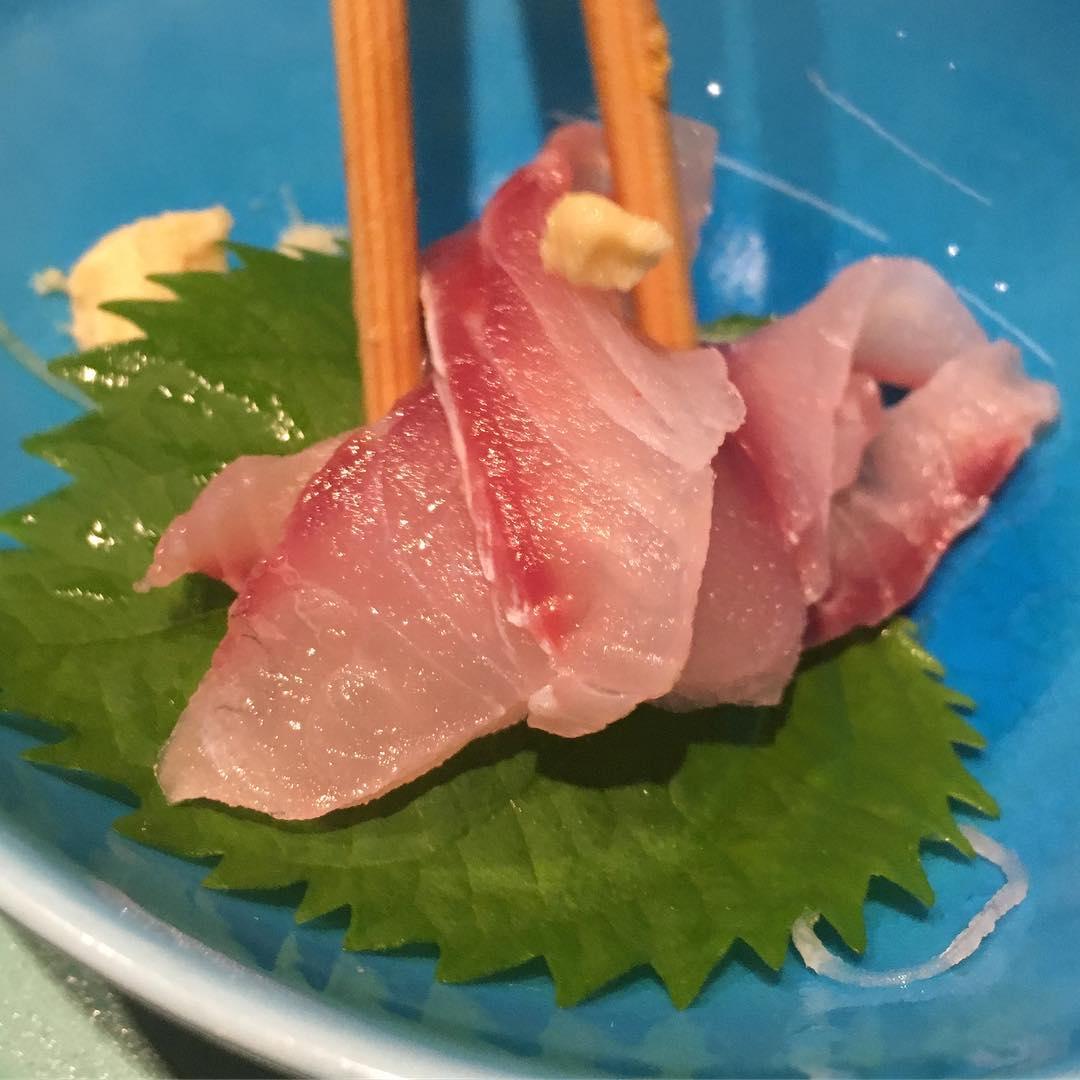
Image credit: @kcl9118
Koi no arai is only found in a few places in Japan, such as Narita, Chiba, and Kyoto. It has a chewy texture and tastes slightly sweet.
Unusual Japanese foods
Are you brave enough to try these unusual Japanese foods for yourself? While some of these dishes seem strange or even downright bizarre, it’s important to remember that every culture has unique foods that will seem weird to outsiders. Don’t knock it until you’ve tried it.
Check out these articles:
- Japanese cocktails with supermarket ingredients
- Anime recipes to recreate IRL
- Horror anime series
- Free Japanese livestreams
- Japanese dessert recipes
Cover image adapted from (clockwise from top-left): @mogu2nobu, Free Materials, @bbqhiko and @oishii_desu

Drop us your email so you won't miss the latest news.






